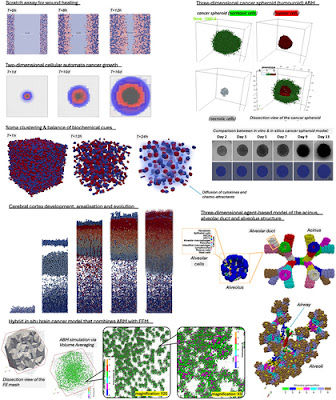To know what we know: from the science of emergence, to BioDynaMo

NetBioMed , a satellite of the NetSci conference , in their own words brings together researchers on Machine Learning, Digital Twins and Complex Systems towards solving problems in biology and medicine . On June the 2nd 2025 Dr Marco Manca (President of SCImPULSE Foundation ) has joined friends and colleagues from around the world to discuss the epistemology of life sciences. In an intense half an hour talk, Dr Manca has lead the audience through a brief history of delusions in medical knowledge, to immediately focus on the processes and pitfalls of building human knowledge, the impact of assumptions (dscussing the case of ergodicity assumptions) and models on measurements (and thus, on data). He discussed the pros and cons of machine learning and the limitations of the aspiration to extract "objective knowledge" from data, or even dependable knowledge, because of the very founding principles on which ML as we have it today works. He then mo...




